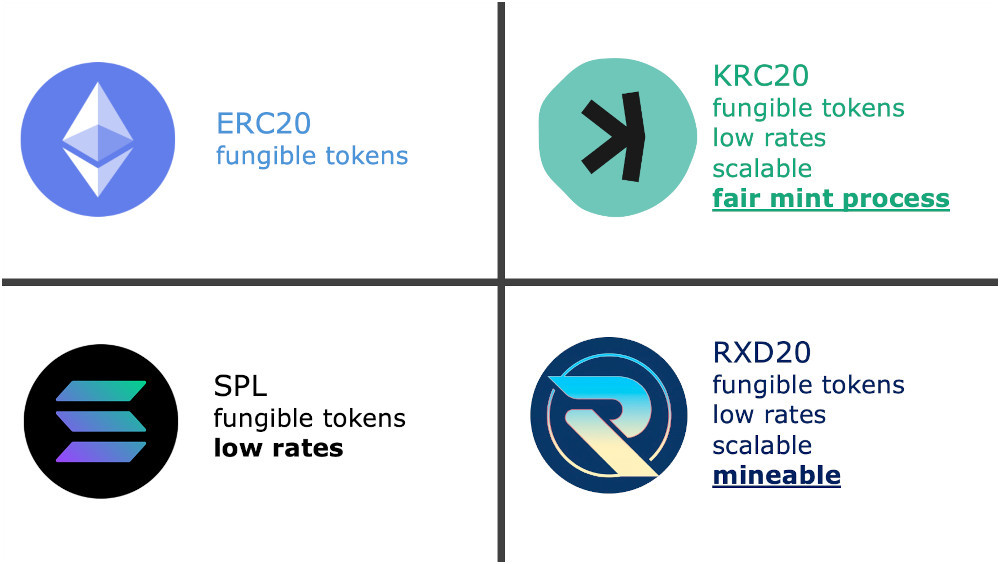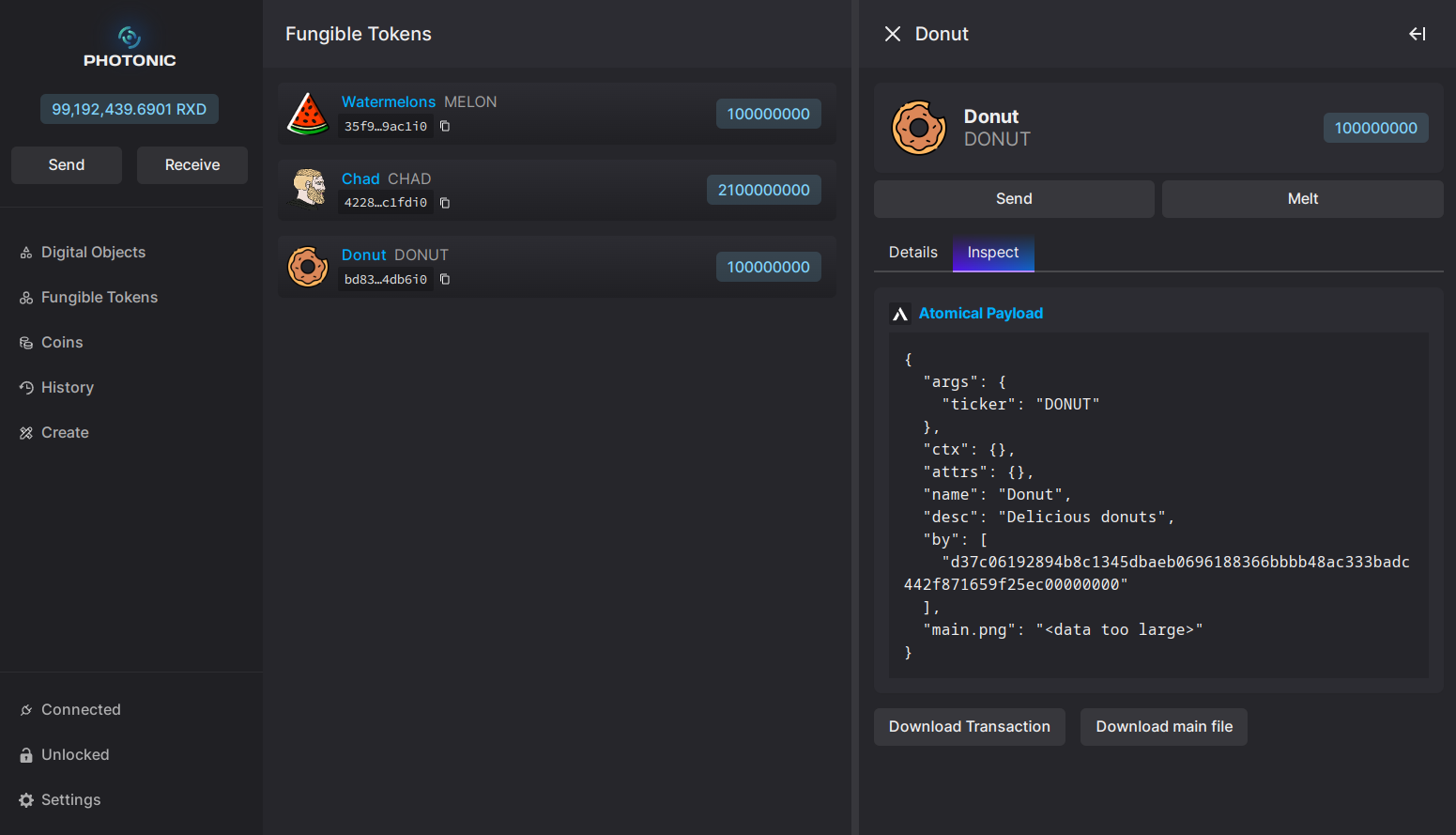Revolutionizing Meme Coins: The Rise of Decentralized Fungible Tokens
The world of cryptocurrency is ever-evolving, and the next big leap is already here: decentralized mineable fungible tokens. These tokens promise to bring a new level of fairness and decentralization to the crypto space, particularly in the realm of meme coins. But what makes decentralized mineable or minted tokens so special, and how can they transform the way we launch new token projects? Let's dive in.

Kaspa Foundation's KRC20 Solution: A Step Forward in Crypto Fairness
The Kaspa Foundation is leading the charge with its innovative KRC20 standard. This standard allows anyone to mint tokens that have been deployed on their blockchain, providing a more fair and decentralized condition for any new token being launched.
However, there are always potential workarounds. While this is a significant step forward, individuals might still try to mint tokens quietly, leading us back to pre-allocation or presale models like those seen on Solana and Ethereum.
The Advantages of a Decentralized Mint Process
One of the key challenges in the crypto world is ensuring that new token projects are launched fairly and remain decentralized. Traditional token launches often face issues like pre-minting, centralized control, and lack of transparency. However, decentralized minted tokens offer a clear solution:
Community Trust: The most important aspect is trust. According to the KRC20 documentation, when a token is deployed on KRC20, you can define a max supply and the size of each batch.
Fair Launch: Anyone can participate in the minting process, ensuring that no single entity has control over the initial distribution. This levels the playing field and promotes a more democratic token economy.
Example of Fairness: Nacho the Kat
Consider our new meme coin, $NACHO. According to its tokenomics, when KRC20 is ready, they will deploy a max supply of 280 billion tokens, with a batch size of 287K. They will also define a start and end date for the process. The minting process will stop either when the max supply is reached or the end date arrives.
During this timeframe, everyone can mint batch by batch at the cost of one $KAS per mint process, yes, you hear well, on $KAS. It will take 1 million mint executions to reach the max supply before the end date. This ensures a fair and immediate distribution of tokens.
The next approach will introduce greater difficulty via Proof of Work (PoW), which will not only ensure fairness in distribution but also control inflation over time.
Introducing Radiant and the Photonic Wallet
Radiant offers an advanced solution that takes the concept of mineable tokens to the next level. Utilizing the Atomicals protocol, Radiant allows anyone to mine newly deployed tokens via a GPU miner integrated into a browser extension. Powered by a UTXO blockchain, Radiant combines Bitcoin's security and decentralization with the ability to scale to thousands of transactions per second using induction proofs.

Radiant is also on the verge of launching the Photonic Wallet, an open-source project that empowers any community to create their own mineable or non-mineable tokens with just a few clicks. This tool makes it easier than ever for communities to participate in the crypto space, ensuring fair and decentralized token creation.
An important difference is that Radiant controls the entire process end-to-end.
And you would ask yourself why Kaspa didn't do something like that Well, maybe because Kaspa and Kasplex (KRC20) are two different entities, and while their collaborative solution is fair, it would be challenging for Kaspa to adapt its "Kaspa stratum bridge" to support tokens from software that depends on another entity. From other point of view, I think is great that Kaspa can keep focus on doing their solution better and faster - they have almost 80% of their miners moved to Rust.
The Advantages of Mineable Tokens
Fair Launch: With mineable tokens, anyone can participate in the mining process, ensuring that no single entity has control over the initial distribution. This levels the playing field and promotes a more democratic token economy.
Decentralization: By utilizing a PoW consensus mechanism, mineable tokens inherit the security and decentralization features of established blockchains like Bitcoin. This means no central authority can manipulate the network, making it more resilient and trustworthy.
Security: PoW mineable tokens are secured by computational power, making it extremely difficult for malicious actors to attack the network. This enhances the overall security of the token and the underlying blockchain. Additionally, Radiant controls all software components, making it easy for anyone to mine and mint them.
Conclusion
All the elements are now in place for any community to test and adopt these innovative solutions, making the crypto world a fairer and more decentralized place—even for meme coins or coins offering utilities. With PoW mineable tokens and the power of Atomicals protocols, the future of cryptocurrency is brighter, more secure, and more accessible to everyone.
Stay tuned for more updates on these exciting developments, and get ready to participate in the next big thing in crypto!
Cheers
